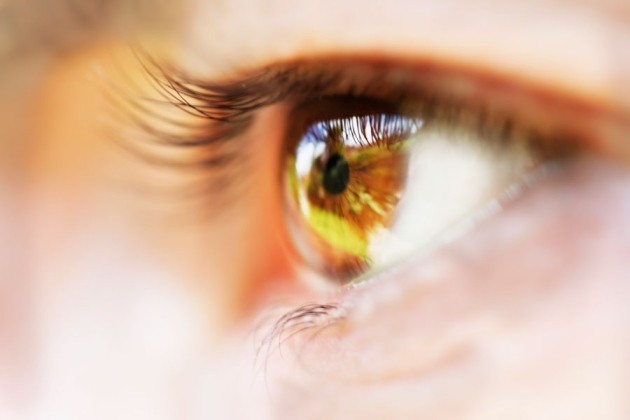Only if you have a light controlled room. If you have ambient light, OLED is not pure black--it's very close, but it still reflects a small percentage of the ambient light back. Especially noticeable on my AMOLED phone screen outdoors.
Yes, there are many situations where an OLED
won't reach the black levels some might expect, but many where black will be black.
I actually looked at the histogram of my Legacy screenshot--the black level is not 0, but something like 5,5,5. It's very noticeably grey when seen on the pure black background of my image viewer:
View attachment 386085
I can adjust the image quite a bit darker without crushing the blacks:
View attachment 386086
I've always left the in-game gamma to default.
In the screen I took of Legacy above (
this is an unedited and lossless capture), some 20% of the screen is 0,0,0. It cannot be darkened without crushing blacks. This is typical.
If the lowest you're seeing is 5,5,5 then something is wrong with your settings somewhere, maybe with what you're using to capture the image. If HDR is enabled in Windows, that can also do this to SDR content.
That's highly debatable. IMO there's nothing wrong with crushing the blacks or blowing out the highlights just a bit if it fits the artist's intent--movies do that quite often. I find the Live depiction of the blackness of space much more like I perceive it in real life when looking at the night sky in a non-light polluted area, and that's how it should be.
I don't believe the end result we see in Odyssey was the result of artistic intent as much as it was a mistake when assigning work to different teams. Despite the radical changes in artistic vision and default settings this game has gone through in the past, the final scenes we were presented with were not crushed in this manner, especially not the blacks. We always had the option to recover and use this information.
I also don't think what I see from the surface of the Earth should necessarily be what my CMDR, or his ship's external cameras, see while in open space. Even if I did, it could be done without breaking anything else.
My issues are less with whatever the artistic vision is, or is supposed to be, if there is one, and more with the sloppy way it's been implemented. It's also comes at quite the performance cost, which makes it even more annoying.
It always amuses me how something that was so unliked originally, has now flipped completely in some people's minds since there was another change made.
I'm not lauding 3.3-.3.8 lighting/tonemapping and my distaste for many of those changes remain. I just think 4.0 was a further net downgrade in this regard. Things can always get worse, and usually do.
In both 3.8, and the older legacy versions, we had much more control. Nothing was crushed out of existence before we could tune things and the prototype lighting balances could be disabled in 3.3 through 3.8.x. This wasn't without serious side effects, but it was an option. If you disable either the new tone mapper or the new lighting system in Odyssey you either get a black screen or a completely unusable image. There is still a lot we can control, but we can't bring back what was in those crushed blacks.
In your example, simply turning down <GlareCompensation>1.3333</GlareCompensation> to some less insane value (1.25 is my upper limit) will fix those overblown highs in the bottom image. Most of the rest of the changes can be handled with the tone mapper settings (removing the ManualExposure offset and increasing the ExposureThreshold will get 80% of the way there, and custom curves even closer). I have no such recourse for restoring dark details in Odyssey.
We can't reach the edge of the galaxy. It's not where the last star is. There's the galactic halo which extends well beyond that.
But is there enough enough light available to illuminate any of it to the point it should be rendered?
I'm inclined to think not, even for augmented vision unobstructed by local atmospheric conditions. However, I do not think the solution is to crush the crap out of the entire image, but rather to not render the galactic halo as a giant glowing cloud that far out.






